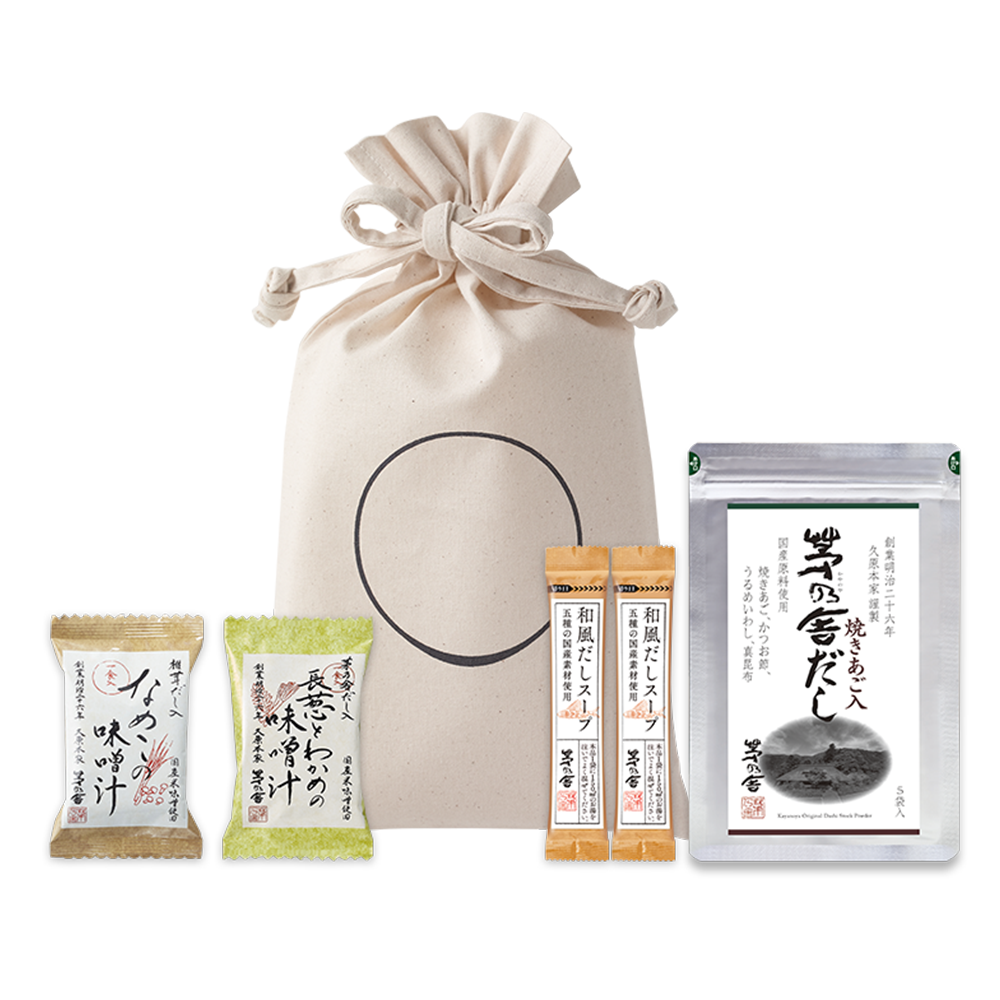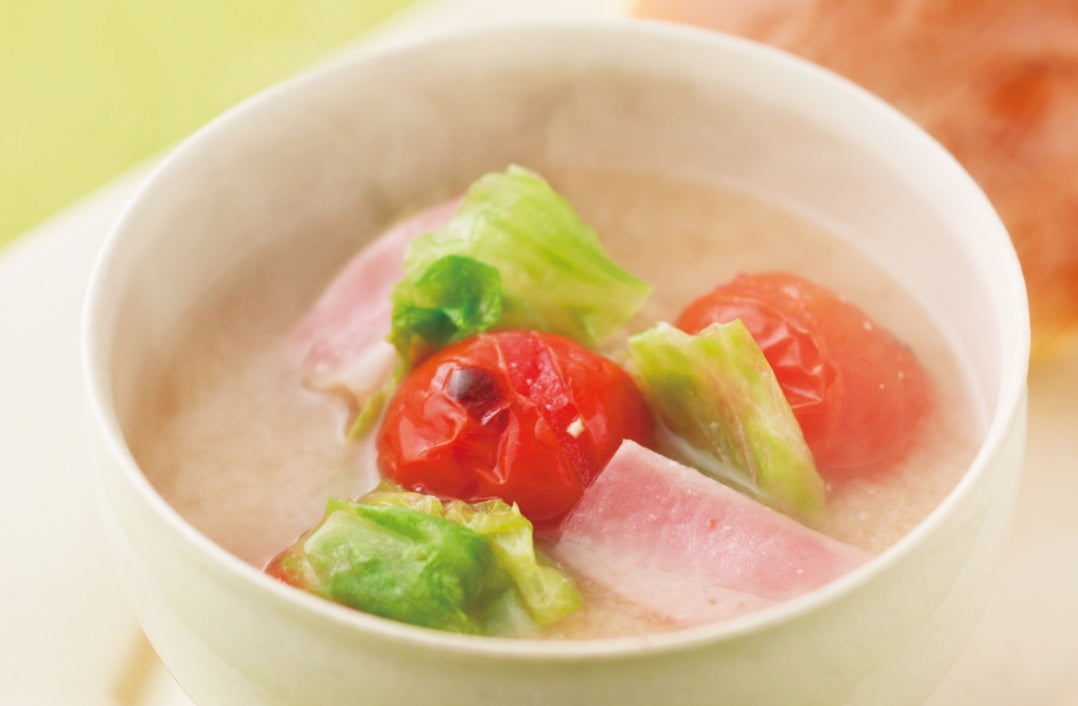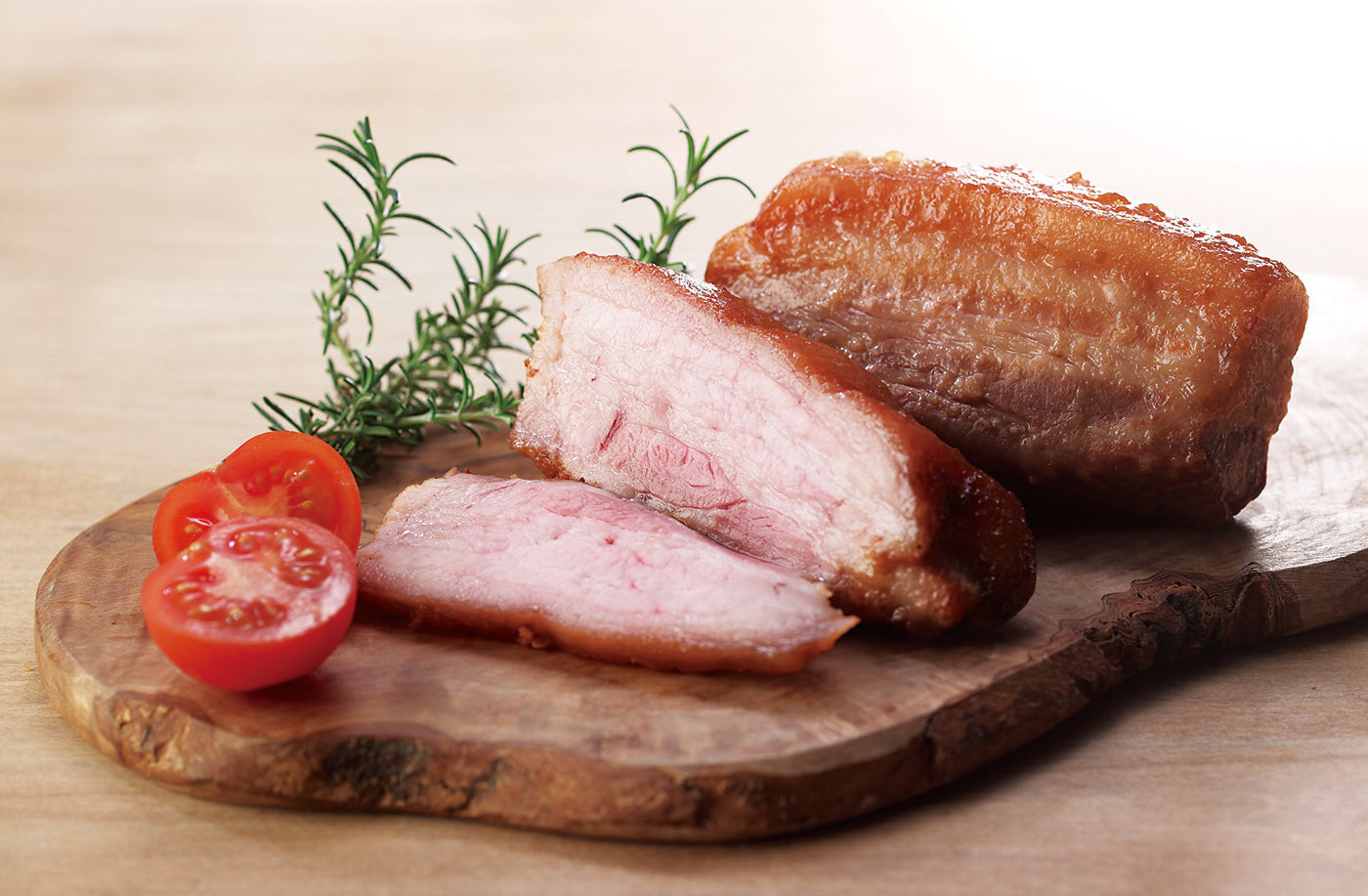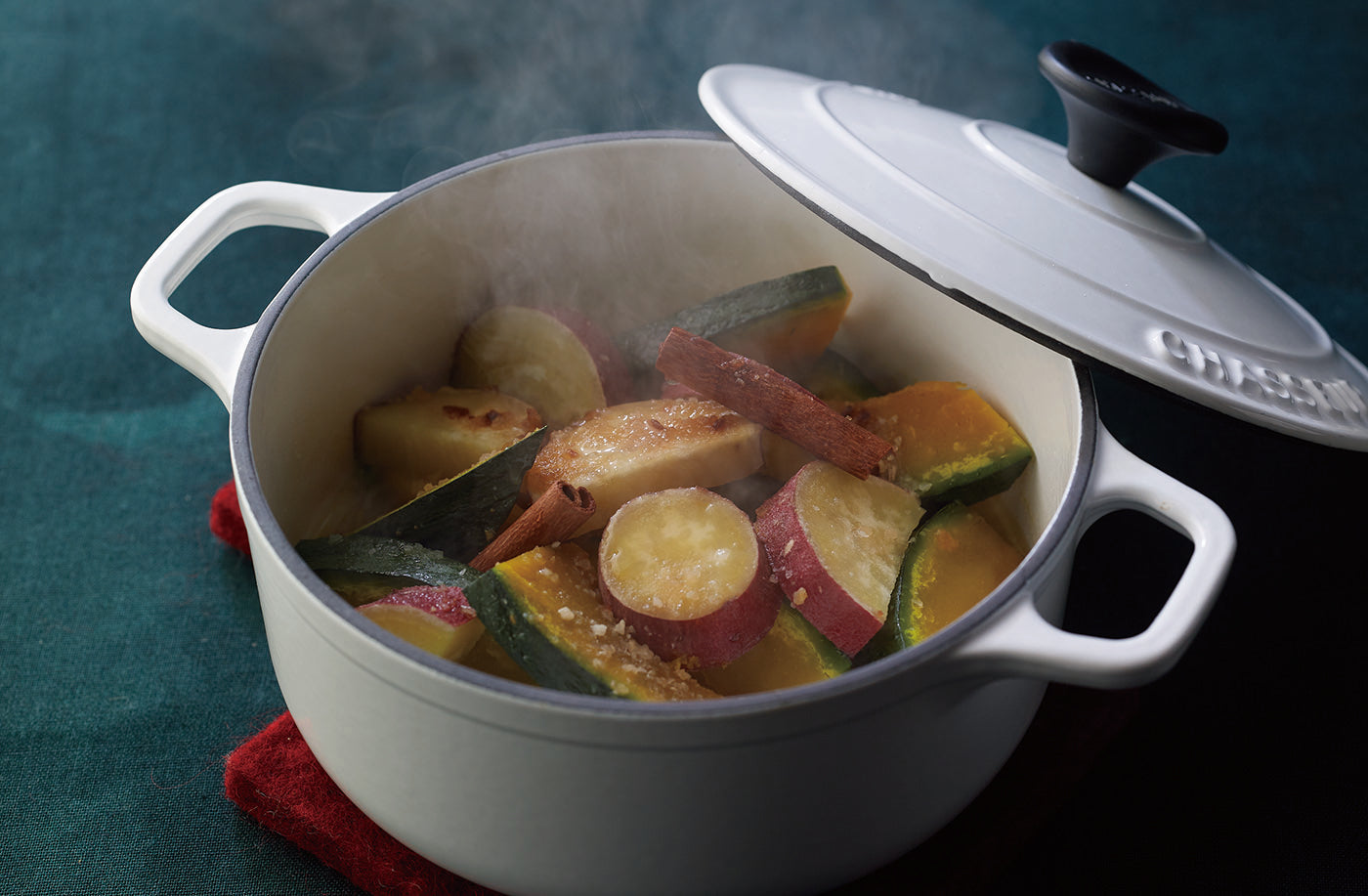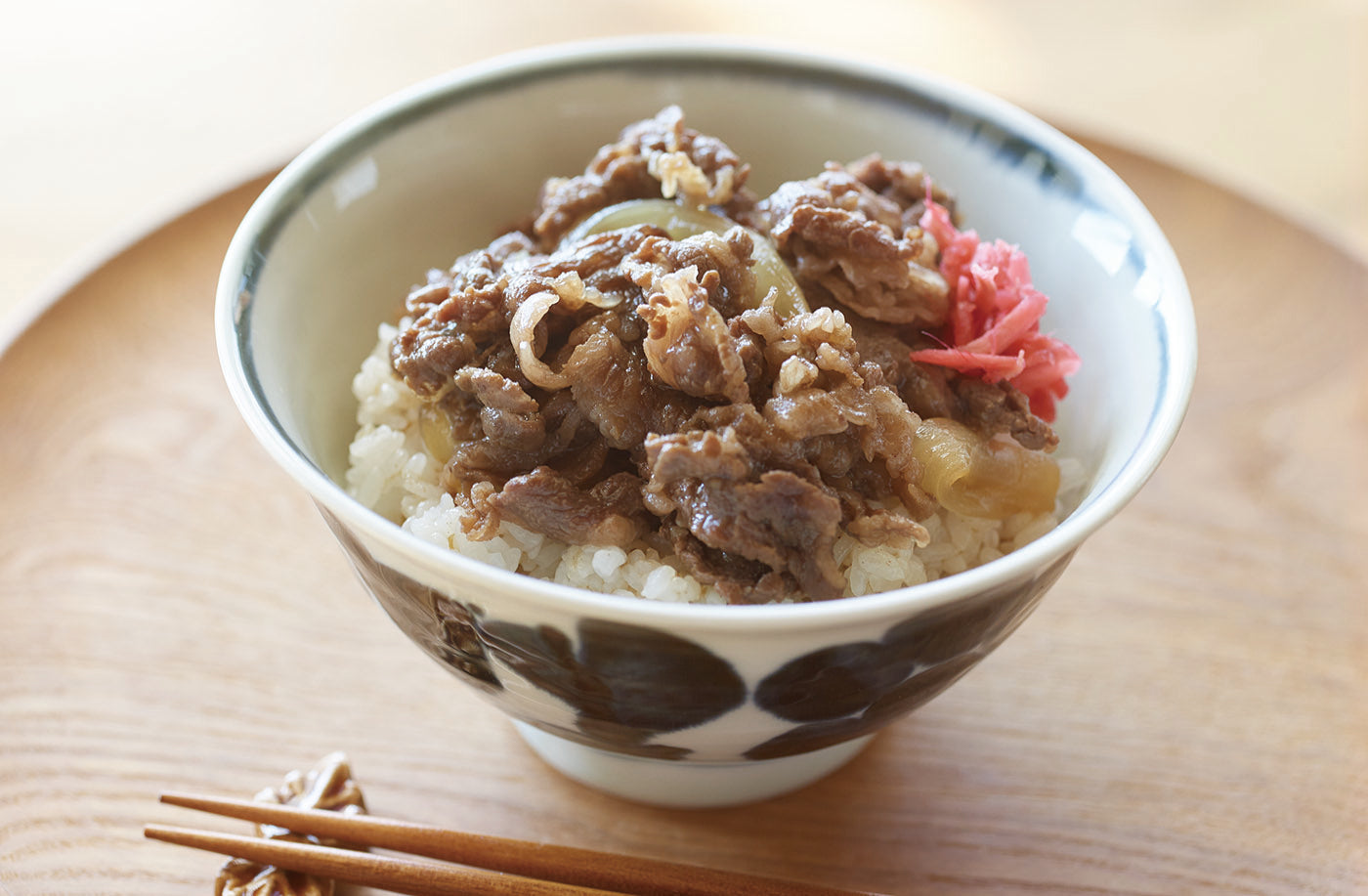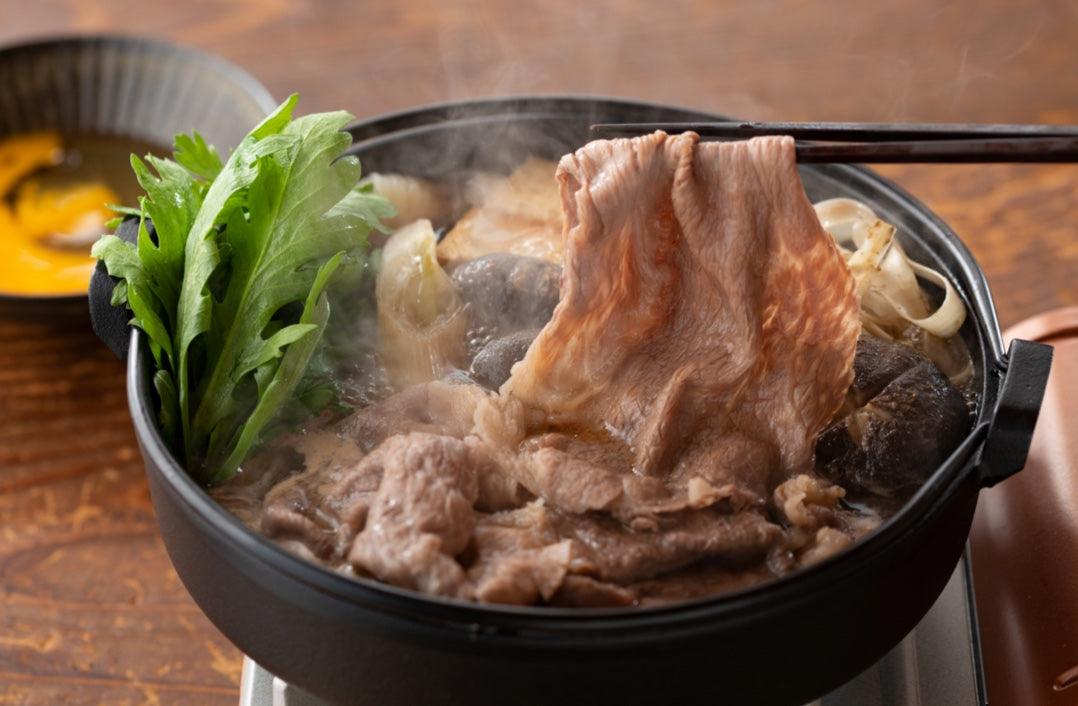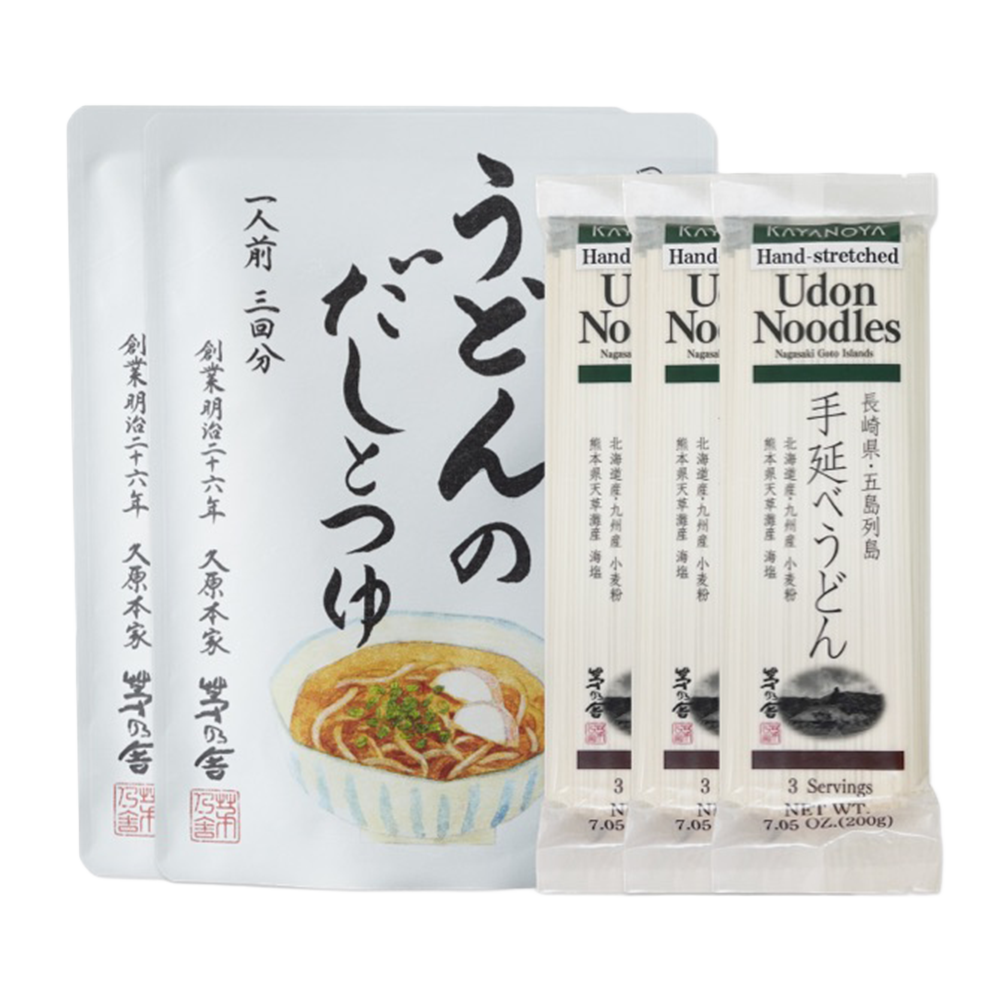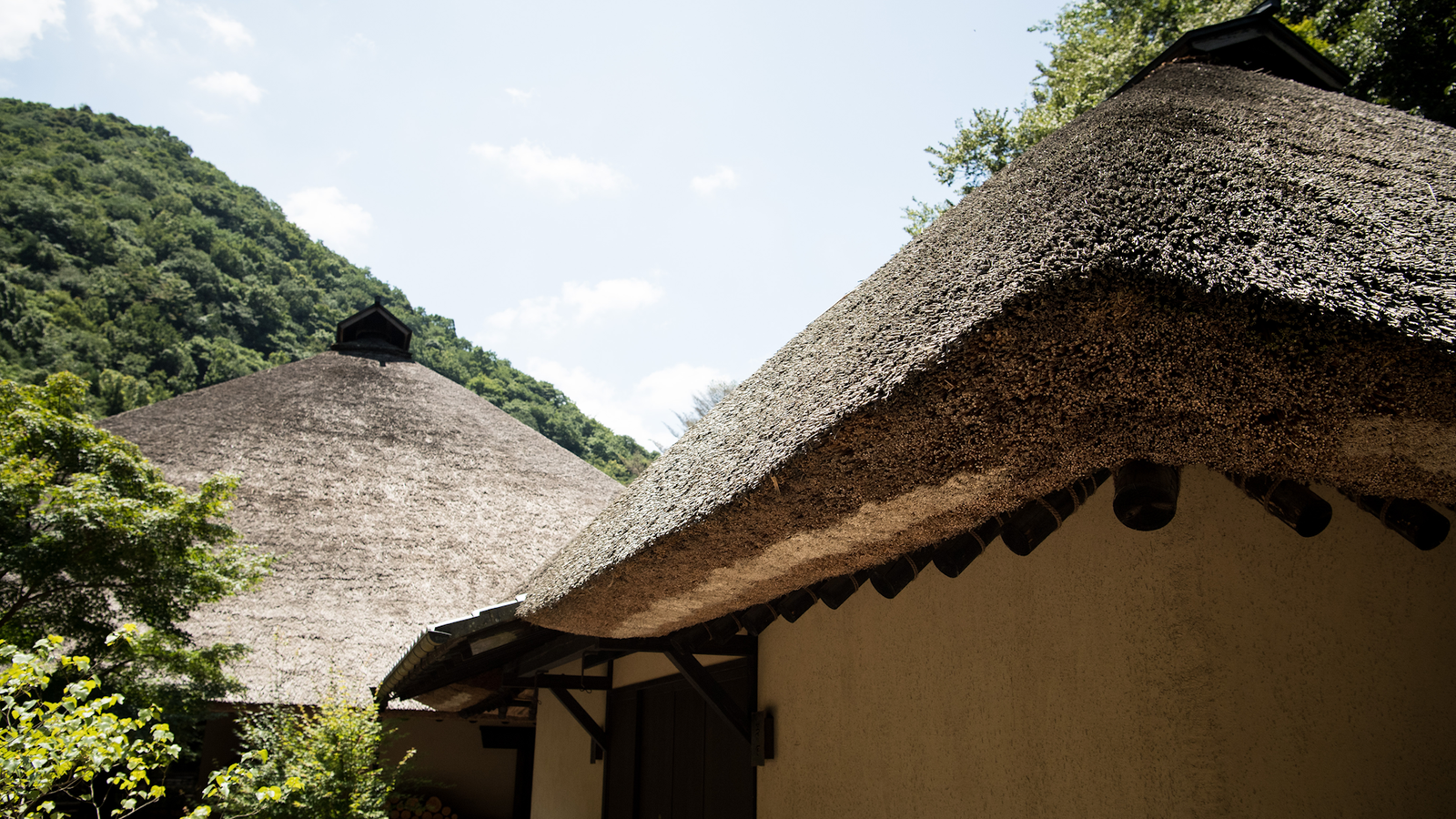All the pieces fit perfectly together, and we were ready to take the next step.
A thatched-roof house, the philosophy of slow food, a place where fireflies once danced, agriculture… like pieces of a jigsaw puzzle, everything came together seamlessly in Kawabe’s mind, giving birth to a clear vision of a thatched-roof restaurant.
But wait—what happened to the soy sauce business?
Let me explain.
The story goes a little back. Fukuoka is a prefecture with a thriving soy sauce industry and deep traditions. Yet, as lifestyles changed, relying on soy sauce alone became difficult. In 1980, the company began developing sauces and seasonings based on soy sauce. This research and development became the foundation of its identity as a food manufacturer, building experience and know-how in flavor creation. Later, it also ventured into mentaiko (spicy cod roe) production, and in 1990 launched Hakata Karashi Mentaiko <Shoboan>.These successes in sauces, seasonings, and mentaiko gave a strong push toward realizing the dream of a restaurant.

Now, back to the restaurant story.
Even with a vision, bringing it to life was no easy task. The biggest challenge was finding a chef. Thanks to the cooperation of many people, at last a head chef was chosen: Kenji Okabe.
Okabe was entrusted with embodying the spirit of slow food—sourcing ingredients locally whenever possible, selecting only seasonal produce, letting the ingredients take center stage, and carefully choosing seasonings. Above all, passing on food culture was essential.
“Grandma Nagano”—Our Mother and Source of Wisdom

A key figure here was “Grandma Nagano”. Living in Iizuka, Fukuoka, she farmed while carrying on local food traditions and passing them down to future generations. Deeply impressed, Kawabe sent staff members to learn from her. One of them was Okabe, who, out of respect, decided to include a dish in the course menu at Oryori Kayanoya called “Grandma Michiyo’s Specialty.”

The Chef’s Signature Dishes: Ten-Grain Hot Pot and “Blessing of the Earth” Soup

With support from many around him, Okabe pressed on through days of total concentration and overwhelming workload. Kawabe’s demands were uncompromising—no concessions on flavor. Since Kawabe loved soup, he asked Okabe to create a delicious vegetable soup that truly expressed the power of the land. After countless rejections and revisions, Okabe finally perfected it: the soup Daichi no Megumi (“Blessing of the Earth”). He also created his signature dish, Jukkoku Nabe (“Ten-Grain Hot Pot”), a celebration of the aroma and richness of grains.

A Wish to Share Kyushu’s Food and Traditions

In 2005, the restaurant Oryori Kayanoya opened its doors in a thatched-roof house. It was built with the hope that guests would experience Kyushu’s food and traditional culture and come to appreciate their beauty.
Kawabe, feeling ever more strongly the importance of Japan’s traditional food culture, was now ready to move on to the next stage.


